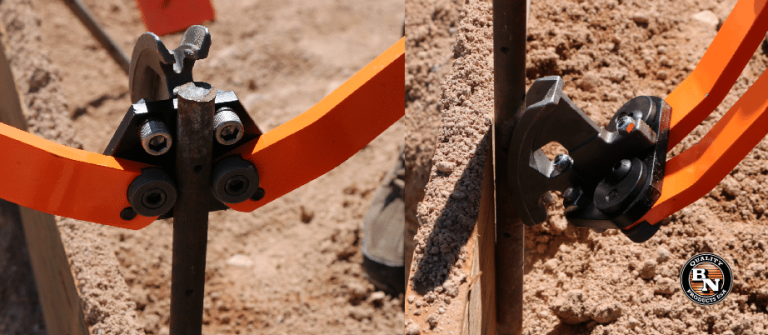Precision Engineering Explored: The Realm of Cutting Tools
Cutting tools have been the driving force behind precision manufacturing, shaping materials, and ensuring efficiency across diverse industries. This comprehensive guide delves into cutting tools, exploring their applications, significance, and critical role in geocomposites.

1. Understanding Cutting Tools and Their Functions:
Cutting tools encompass a diverse array of instruments designed to remove material from workpieces. Employing methods like abrasion, chip formation, or deformation, these tools adapt based on different materials. Common examples include saws, drills, milling machines, and lathe cutters.
2. Industries Relying on Cutting Tools:
Nearly every manufacturing sector heavily relies on cutting tools. Automotive, aerospace, construction, and electronics are among the primary users. Precision tools like laser cutters and water jets create intricate designs in metals, plastics, and composites.
3. Cutting Tools’ Impact on Geocomposites:
Geocomposites, vital in civil engineering and environmental projects, require cutting tools for shaping and customization. Blades, knives, and specialized machinery tailor geocomposites for landfill liners, erosion control, and drainage systems.
4. Innovations Shaping the Future of Cutting Tools:
Advancements in materials science, automation, and precision engineering propel the evolution of cutting tools. Nanotechnology facilitates ultra-sharp blades, while robotics and AI enhance manufacturing precision. Additive manufacturing revolutionizes tool production, enabling intricate designs and personalized solutions.



Applications and Relevance:
Cutting tools serve varied purposes, shaping metals for structural components, crafting woodworking pieces, and enabling precision surgeries. Their adaptability extends to modifying geocomposites for civil engineering and environmental applications.
Geocomposites, crucial in infrastructure projects, rely on cutting tools for precise customization, ensuring they meet specific project needs, from erosion control to intricate drainage systems.
In summary, cutting tools remain essential in precision manufacturing, enhancing efficiency, and enabling material modifications. Their role in molding and modifying geocomposites for civil engineering and environmental projects underscores their adaptability and significance.

